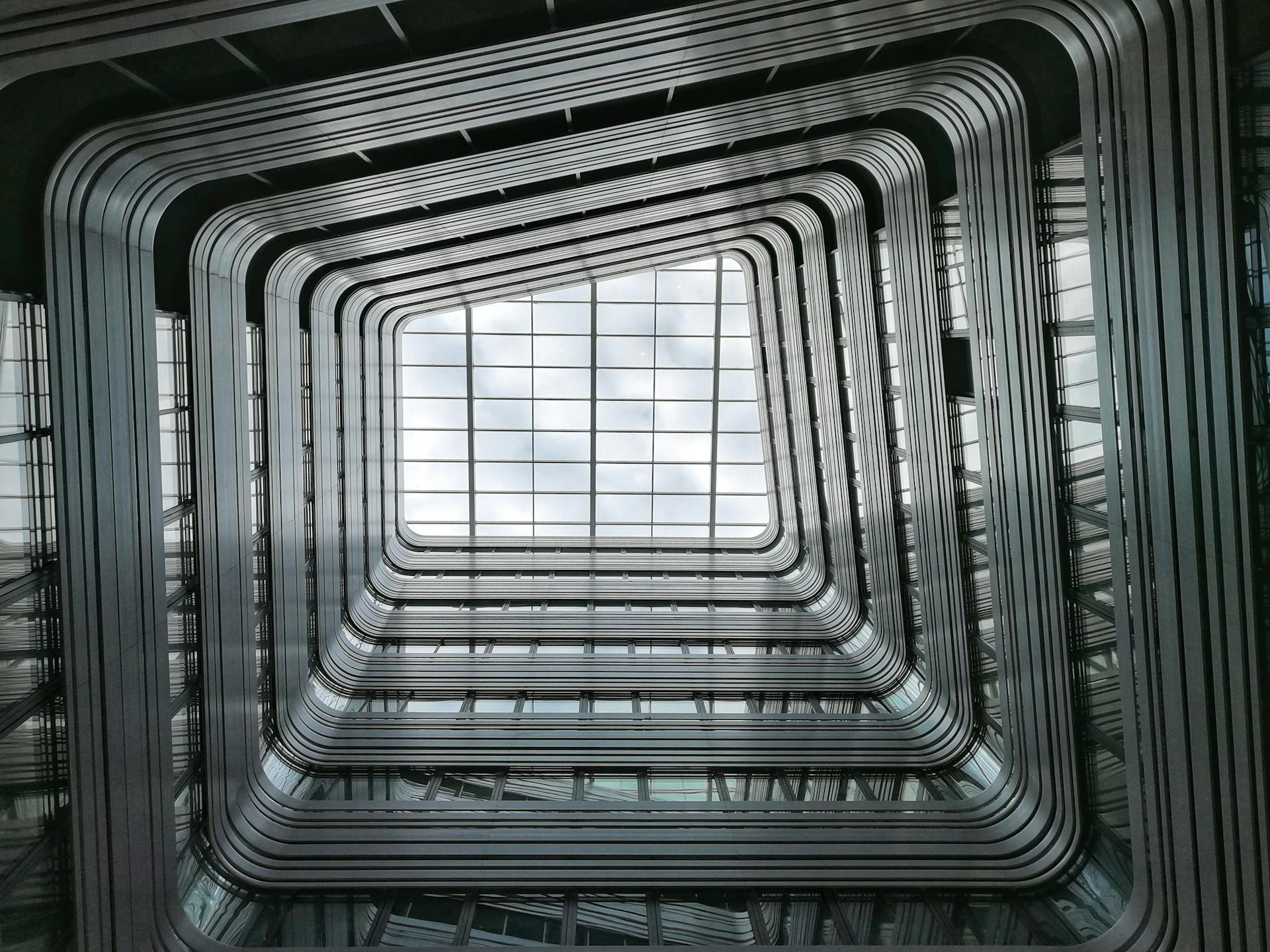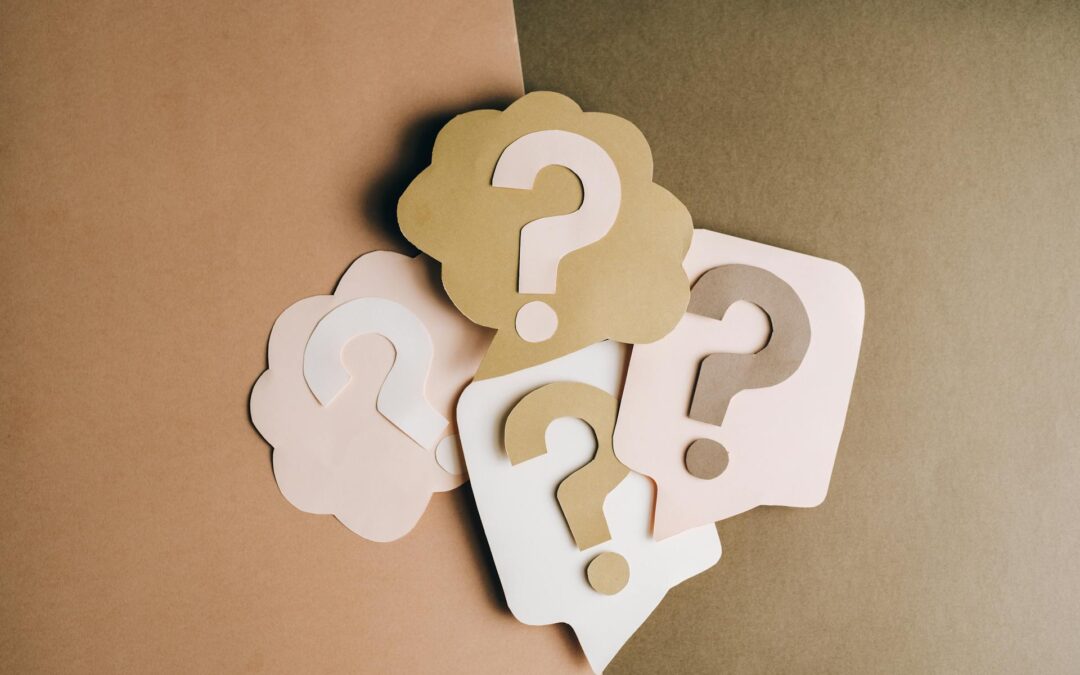Introducing LHub’s Law and the Humanities Map

This blog post shares key findings from recent focus groups on LHub’s Law and the Humanities Map. It highlights how the map supports discovery and collaboration, reflects on community feedback around tagging and visibility, and outlines upcoming improvements designed to make the resource more inclusive, representative, and responsive.
At a glance
The Law and the Humanities Map is a collaborative, evolving resource, created by LHub and the Mapping the Arts and Humanities Project (MAHP). It is designed to spotlight research infrastructures across the UK working at the intersection of law and the humanities. Built for a wide range of stakeholders (from researchers to policymakers), the map supports discovery, aims to strengthen networks, and reveal underexplored connections through interactive tools like visualisations, tag filters, and relationship graphs. Feedback from recent focus groups have shaped its development, expanding its capabilities with additional features. This post shares the community’s insights and outlines what’s next.
The LHub platform is currently in beta. If you’d like to know more about the vision behind the map, do have a look at Professor Anat Rosenberg’s and Jame Campbell’s discussion on the resource. You can read it here.
What is the map, and who is it for?

A visual representation of the Law and the Humanities Map
Based on discussions with stakeholders across the country (more on that to come in an upcoming post), we found that the Law and the Humanities Map serves multiple purposes: it can be used as a discovery tool, a conversation starter, and a strategic resource. Whether you’re searching for collaborators, exploring funding opportunities, or simply curious about who’s working on what. It’s intended to be a magnifying glass, offering a growing picture of where research is happening. We also hope that the map functions as an instrument for action, stimulating ideas about where the field might go next.
In terms of “who this resource is for,” as we mentioned in the above section, the map was built with a broad audience in mind: researchers, community partners, educators, practitioners, policymakers, funders, and early-career scholars. It’s a space for the community to think together, find inspiration, and build stronger cases for funding.
The map’s functionalities (from locating infrastructures and spotting funding opportunities to tracking trends, identifying gaps, and visualising collaborations) were curated to support MAHP’s wide range of users navigating the field of Law and the Humanities. It’s a resource meant to be used actively: a launchpad for sketching out possibilities, testing assumptions, and viewing Law and the Humanities from multiple angles. As we say on the site, the map and its visualisations “are not definitive, final, or flawless. They’re experimental, suggestive, and occasionally a bit weird. And that’s exactly the point.”
As a beta release, the map remains very much in development. For us, nothing is set in stone. The resource will continue to evolve in response to the feedback we receive. That’s why the most vital component of this project is the community itself: your contributions are what keep the map useful.
Read on to hear from our stakeholders, find out how you can get involved, stay up to date, and help shape what comes next.
Building connections, broadening access
For many participants, this was a very exciting shift. Previously, connections had largely depended on personal networks or institutional proximity. Collaborators remarked how the map introduced a new way that aided in identifying partners who share thematic interests across the sector. As Dr Emma Patchett (Northumbria University) told us, “The variety of institutions and the numerous ways in which potential collaborations could be explored stood out to me.”
For some, what made this mapping exercise even more compelling was its usefulness for both early career researchers (ECRs), for whom networking beyond immediate circles can be challenging, as well as seasoned academics. One participant reflected on the challenges ECRs face in identifying scholars outside their own departments and networks. By making it easier to locate people and infrastructures, they suggested, the resource can improve accessibility and help ECRs connect with relevant expertise.
Community members also highlighted the map’s potential to surface both established areas of research and emerging themes. Many were especially interested in the potential research patterns the visualisations pointed to. For example, participants were interested in seeing what fields law was most frequently connected with, and which intersections appeared less developed. Several contributors discussed the value of the map in unearthing areas that could benefit from further support and collaborative work.
Visualising Law and the Humanities

A visual representation of two word clouds: “Most Associated Tags with Law” and “Least Associated Tags with Law.”
The visualisations also prompted in-depth conversations around infrastructural self-representation, specifically the language institutions use to describe their work. Participants considered whether current vocabularies and taxonomies are effective enough in capturing the scope of their research and how these terminological choices can shape visibility. They agreed that tags and keywords, when viewed collectively, tell a broader story about how the field defines itself. Together, they can provide a rough outline of its boundaries and hint at new thematic frontiers. Tools like the tag relationship network and word clouds (showing both commonly and rarely associated terms) were instructive in this, offering new ways of thinking about the field’s many intersections.
As Dr James Greenwood-Reeves (University of Leeds) observed: “The word clusters give an indication of common and rarer connections. The scope of establishing future collaborations and identifying emerging research areas is definitely there.” Professor Trevor Stack (University of Aberdeen) similarly noted: “I can see how it might prompt people to consider links across disciplines and topics, like environmental humanities and law.”
Tagging, keywords, and representing research

A visual representation of a network relationship graph with many tangled clusters representing tag connections.
Finally, users appreciated the openness and flexibility of the tagging system, which allows infrastructures to describe their work in their own terms by selecting from the project’s established tags, drawing on keywords entered by other users, or creating their own. Currently, only the project tags are visible on the public-facing side of the map; user-contributed keywords remain tucked within the entry forms and are only visible to infrastructure leads during editing.
Participants encouraged clearer guidance on how to tag consistently, to improve both discoverability and thematic cohesion across the field. (The MAHP team is currently developing a tutorial dedicated to tagging– so stay tuned!) There was also strong enthusiasm for making user-contributed keywords visible alongside project tags, helping the community better understand how peers describe their research and uncover new affinities across the field.
As Professor Anat Rosenberg, LHub Director and Academic Lead for the Law and the Humanities Map, summarised: the map is meant to invite reflection — “What’s missing? Where could we go next?”
Mapping beyond the academia

A visual representation of a network relationship graph with many tangled clusters representing infrastructural connections, partnerships, and child-parent structures.
“Where could we go next?” is a question we often ask ourselves at the Mapping the Arts and Humanities Project. One of the most significant realisations that we reached from the focus groups was the importance of including more than just academic institutions in our mappings. Participants drew attention to the fact that capturing ongoing relationships with art communities, theatre groups, policy forums, and community organisations would greatly enhance the resource.
Dr Lucy Finchett-Maddock’s contribution gets to the heart of the opportunity: “The import of practice-based disciplines working in law and humanities, as well as external infrastructures such as social enterprises, galleries, and research institutions is key to include, as some institutions may well fall away and new ones form outside of the university structure.”
We’re actively exploring ways to enhance representation beyond academia, including collaborations with charities, NGOs, GLAM organisations, and local councils. The aim is to build a more comprehensive, cross-sectoral map that reflects the full scope of research in public life. As this functionality develops, we hope the infrastructure relationship graph will become a living record of how research is embedded across sectors.
Multiple ways to explore the map
We know that visual tools don’t work for everyone and that not every question is best answered through a graph. That’s why we’ve designed multiple ways of engaging with the data.
In addition to the interactive visualisations, users can explore infrastructures via list directly on the Mapping the Arts and Humanities website, apply filters, and download the dataset as a CSV. For those interested in working with the data more deeply, our public API provides access to the full dataset in JSON format. This can also be converted into CSV using common tools, or analysed directing using Python or other coding languages.
You can also view the dataset that powers the Law and the Humanities Map (in JSON format) here.
Accessibility is integral to our project. Continuous improvements based on community feedback are part of our ongoing commitment to making the map useful, inclusive, and adaptable to different needs and ways of working.
What’s next?
There are several improvements that are already underway in response to the feedback we’ve received.
We’ve recently introduced a law entanglement slider to sit alongside the existing humanities entanglement slider which helps reflect the degrees of thematic involvement based on where terms appear (title, description, tags) and to help users explore points of connection from either direction. You can read more about this on our Law and the Humanities Map FAQ page.
Following community discussions, we’ve also added “Critical legal studies” as a project tag to improve the visibility of work in this important area.
Other upcoming features include:
- Filters to distinguish active and inactive infrastructures, which we hope will improve searchability and also begin to trace legacies of long-running initiatives, a kind of living archive of past and present activity in the field.
- Enhanced visibility of non-academic relationships and collaborations, reflecting the vital role played by charities, community partners, NGOs, and the GLAM sector.
- Making user-contributed keywords visible across the platform. This will help users explore how infrastructures describe themselves in their own terms, beyond MAHP’s taxonomies, helping us pinpoint the field’s lived vocabularies.
Keeping the map alive
What became most apparent during our focus group sessions was that the Law and the Humanities Map is, above all, a living resource. It can only grow through participation and develop through the people who use it.
The conversations that took place the past few weeks reaffirms just how critical input from the wider Law and Humanities network is. We’re thankful to the participants for their reflections on visibility and interdisciplinarity, for their earnest engagement with tagging, terminology, and representation. Each contribution has opened up new possibilities for the map.
We’re continually exploring ways to strengthen the platform, from refining its filters to representing a broader spectrum of work. As ever, it’s the contributions from our community (and the cross-pollination of ideas, disciplines, and institutions) that make this work possible.
Get involved
Your participation is key to the map’s evolution:
- Explore the Map: test it out here.
- Share feedback: submit your suggestions via our feedback form
- Contribute: Add new infrastructures or update existing entries to ensure accuracy and comprehensiveness.
And of course, if you have questions, ideas, or want to discuss the resource further, you can get in touch at [email protected]. If you are interested in collaborating with LHub, you’re warmly invited to contact the LHub team at [email protected].

Mapping a Changing Humanities Sector: Towards New Practices and Shared Futures
The Mapping the Arts and Humanities dataset is growing by the day and with it, our understanding...

LHub’s Law and the Humanities Map – FAQ
This FAQ is here to help you get the most out of the Law and the Humanities Map. It covers...

Launching Soon: Law and the Humanities Infrastructure Map
LHub and MAHP are launching a new open-access map dedicated to Law and Humanities research...

Machine Encounters: Introduction to “Whose Bias”
“Machine Encounters” introduces “Whose Bias?”, a collaborative event offering a playful, hands-on introduction to AI and machine learning. Using toys and snacks as data, participants explored how bias emerges in machine learning processes. Emphasising accessibility and curiosity, it reflects on the importance of combining software enginneer and humanities-led approaches to demystifying AI technologies through inclusive, low-barrier participatory activities.

Part 1 | Mapping smarter: how to make your entry count
Learn how to add your infrastructure to the Mapping the Arts and Humanities platform. This tutorial covers signing up, writing a strong description, using tags, and making your entry visible and impactful.

Behind the Map: A Step-by-Step Guide to the Dataset
The Mapping the Arts and Humanities team has launched a new blog series, Behind the Map, to help users navigate the MAHP dataset. Over the next few weeks, the team will share practical guidance on completing your entry, understanding data fields, and exploring the dataset using digital humanities methods.

Learned Societies: English Association
The Mapping the Arts and Humanities project is bringing learned societies together, fostering collaboration, and amplifying the vital role of arts and humanities research. The English Association, alongside its partners, is working to support researchers, advocate for the subject, and champion the power of interdisciplinary connections in an evolving landscape. Elizabeth Fisher, Elizabeth Draper, and Jenny Richards share their vision and expertise in the area.

What is humanities research infrastructure?
Mapping the Arts and Humanities, a major project commissioned by the AHRC and Research England, is...

How do we capture the diversity of our research infrastructure?
Professor Jane Winters, Director of the Digital Humanities Research Hub at the School of Advanced Study, explores the challenges of identifying, classifying and quantifying our arts and humanities research landscape.

Infrastructure and innovation
💡As the UK’s arts and humanities infrastructure is mapped for the first time; Dr Jaideep Gupte considers how it will help to strengthen the UK’s global standing in the sector.
